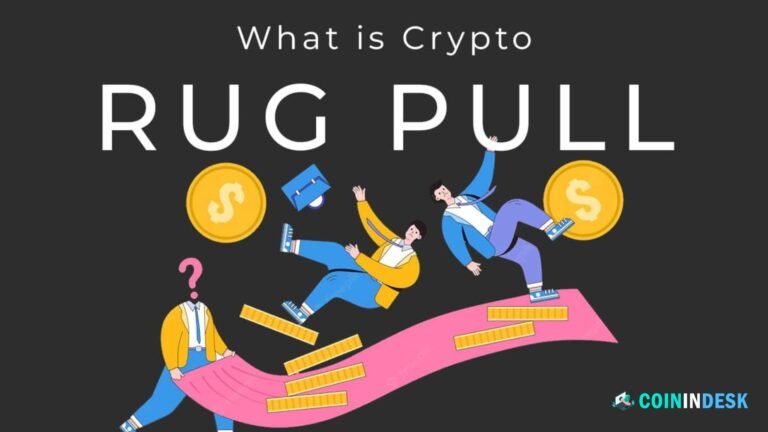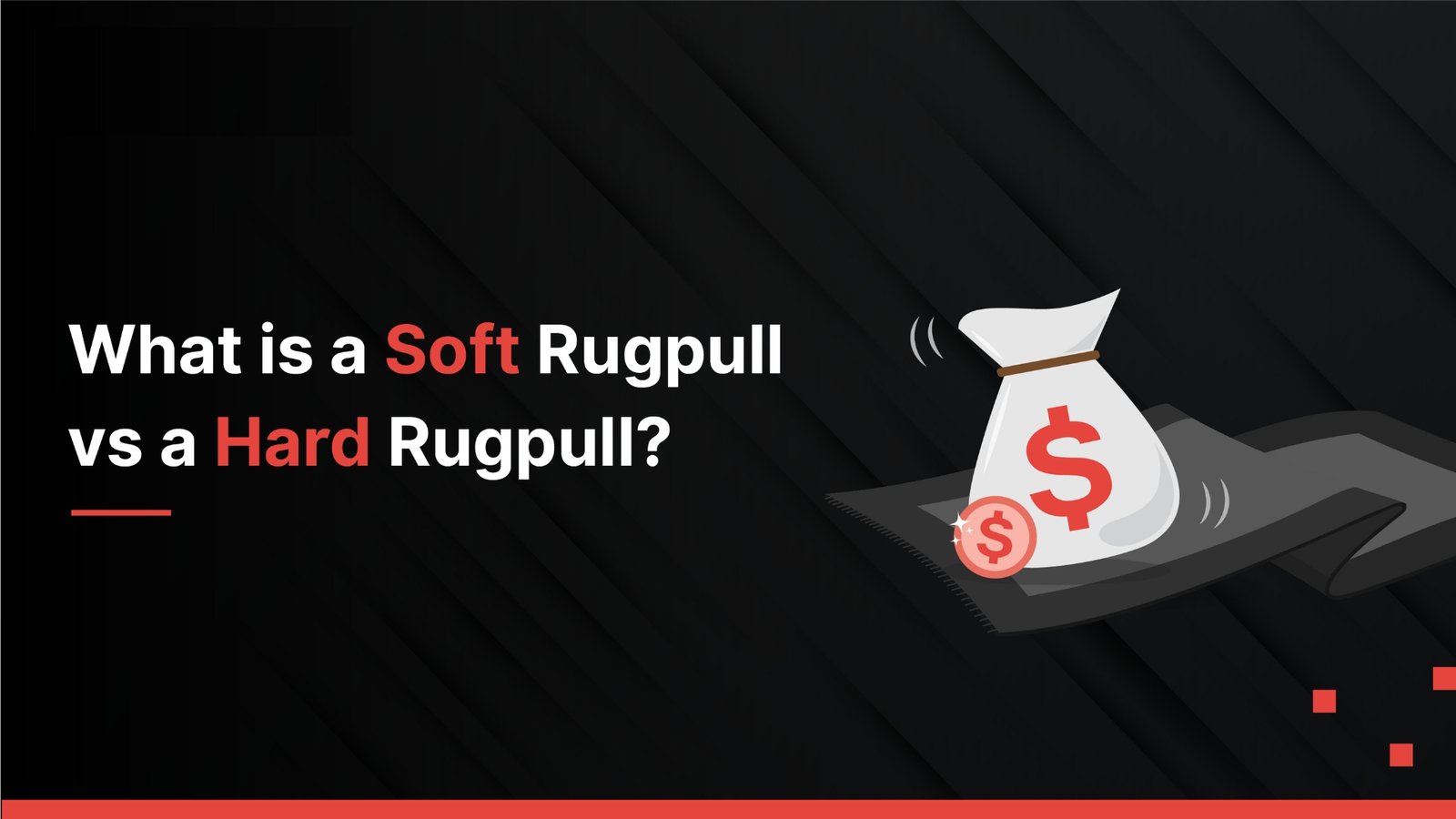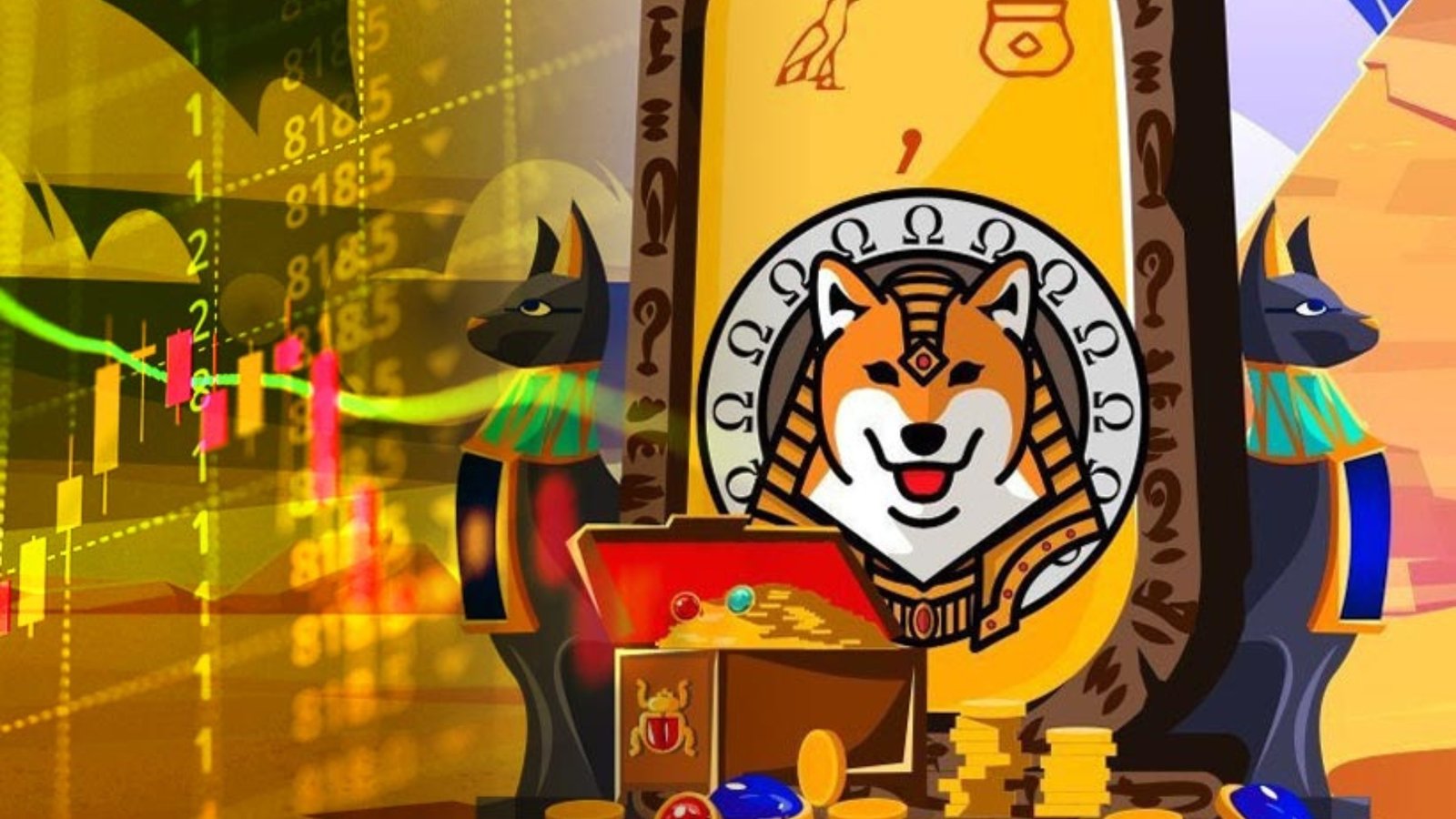Rug Pulls in Crypto Even if cryptocurrency can potentially change people’s lives financially, wild price swings can lead to fraud, such as purposeful rug pulls. However, a project may become abandoned if things don’t work as planned. This tutorial will help you discover what a rug pull is in cryptocurrency and how to spot the warning signs.
In the first two days following a new token’s debut, scammers target investors hoping to profit 100x or more from early purchases, accounting for as much as 90% of all rug pulls. But there are ways to avoid losing money on exit scams and put that money toward genuine prospects. Come with me as I explain a crypto rug pull, how it operates, and the best way to stay out of the statistics.
What is a Rug Pull?
When a team or developer suddenly decides not to back a project anymore, leaving investors with either completely useless tokens or significantly less valuable than when the project was being supported, this is called a rug pull. The typical procedure for a rug pull is for someone or some group to inflate the value of a project or token so that traders on DEXs will purchase it from a liquidity pool. These purchasers swap the newly issued token for a desirable cryptocurrency like Ethereum or Sol.
After that, the project’s liquidity is cut off, as seen below, which makes trading extremely difficult, if not impossible. Somebody on the project team or owner vanishes with the cash. On the other hand, pricing could drop because the team stops supporting the project or they fail to meet critical development milestones. Additionally, the team might sell off their tokens, bringing prices down even further.
There is typically a predictable pattern to how NFT rug pulls work. An NFT developer creates excitement for a new collection of NFTs, which attracts investors who desire to join an elite group of owners. There is no community or creator to keep in touch with after the NFT minting (when purchased with ETH or another cryptocurrency). Now, only NFTs, whose worth is questionable, remain.
Soft Rug Pulls vs. Hard Rug Pulls
There is a difference between intricate and soft rug pulls since not all rug pulls are intended scams. The strength of rug pulls also varies; a gentle pull may provide an opportunity for recovery or additional time to get out of the position before the tokens are entirely worthless.
Intricate rug pulls, or “rugs” as they’re more commonly called, are deliberate and done with malice. The creator, owner, or group aimed to steal from investors by appealing to their FOMO.
What is a Soft Rug Pull?
Making false promises or building expectations are soft pulls. Project mismanagement may slow bleeding if investors lose faith. Team members can sell valuable tokens. These “rug pulls” can cost investors money despite good intentions.
Misleading marketing: Unlike stocks, crypto is unregulated. Project teams or owners can overpromise tokens or projects, and the token sells as the project fails. An unfinished roadmap outlines project plans to help investors decide. Teams may lack motivation or resources for token-valued features or promotions, and salespeople can lose motivation by missing milestones.
Most launches have large allotments. A Hard Rug Pull occurs when the team sells into the market and possesses many tokens, making the chart less attractive and causing the token to lose momentum.
Bright, firm pear-ening rug pulls are crypto’s street muggers. The project creator wants to plunder investors hard. New currencies with coding restrictions cannot sell to non-allowed addresses. An appealing graphic attracts customers. The developer switches all time-locked coins before investors sell. These tokens are useless.
Complete liquidity removal: DEX tokens trade on pools. The sample exhibits liquidity draw. A hard-coded token cooling period, it prevented non-whitelisted dealers from selling, reducing liquidity. Tokens die, losing money—copycat tokens: Share tickers. As in the example, a token may ride the publicity wave and pull the rug. To profit, project creators hype an ICO or presale. It may not exist or meet cosmetic milestones to attract investors and raise funding. Business owners often disappear.
The Common Rug Pull Pattern to Avoid
Rug pulls typically follow a similar pattern to help investors avoid falling for a trap. Watch out for social media hype. Also, staying away from newly introduced tokens is usually a good idea until you’ve reviewed the project, team, trading activity, and token.
Hype Train: Marketing and Social Media Influence
For cryptocurrency investors looking for a community and maybe some early word on new chances, there are online watering holes like Warpcast, Twitter (X), Telegram, Discord, and Telegram. On the other hand, con artists who want to defraud investors also utilize these sites to generate buzz.
When hundreds of thousands—if not millions—of dollars are available, a well-funded social media campaign becomes a small business expense. Ignore claims of a hundredfold or more profit. It is feasible with some tokens, but with crypto, creating a new token that the creator has no plans to support is sstraightforward
Silence from Developers Post-Launch
Find an official Discord or Telegram group and see how people communicate there. Contact the developer or team working on the project for updates. Not all quiet is peaceful. A lack of community involvement should raise red flags. The creators may have forsaken the project or formed community groups to attract early investors and construct an appealing chart.
Pulling Liquidity and Funds
Even rug pulls have a liquidity pool, which is necessary for DEX-traded tokens until the liquidity is gone. A few thousand dollars is a reasonable starting point for a new token’s funding pool. The liquidity pool has the potential to swell when more and more traders purchase the new token, typically using ETH or SOL, and its value increases. This may be all an act to make the token seem better than it is.
The rug-pull token and ETH or SOL probably comprised half of the pool. The token’s recovery is often impossible if the project owner cuts off its liquidity. The owner of the liquidity pool keeps the Ethereum or SOL, while the rest of the tokens in the pool have no value.
Scan for tokens that have their liquidity locked in. Since the DEX pool employs a time-locked smart contract, its rapid closure is impossible. You can determine if liquidity is locked on sites like Dexscreener and Dextools. The WIF/SOL combination has locked liquidity of $19 million, as seen in the previous case. Sure, this won’t increase WIF value, but at least it will make trading possible.
Rug Pull Examples
There are daily rug pulls on decentralized exchanges like Uniswap and Jupiter. Jupiter was accused of soft-pulling its currency, JUP. Outside of DEX-related pranks, there have been several high-profile rug pulls that have garnered attention around the globe.
OneCoin
Much anticipation preceded the 2014 introduction of OneCoin, which promised to dethrone Bitcoin as the preeminent cryptocurrency in the world. Claims that OneCoin was a pyramid scheme started circulating in 2015. Amidst adversity, OneCoin surpassed all others to become the second-largest cryptocurrency in the world by 2016. However, the blockchain and the “mined” currencies were nonexistent. It is believed that OneCoin engaged in an MLM-type Ponzi scheme, making billions through the sale of associated instructional materials.
Thodex
Thodex, a centralized exchange in Turkey that stopped processing withdrawals in 2021, was the subject of one of the most infamous rug pulls using decentralized finance (DeFi) and DEXs. Next, the CEO of the exchange vanished without a trace, taking with him almost $2 billion in user assets. The former chief executive officer, Faruk Özer, is currently serving an 11-year term after he was arrested.
AnubisDAO
Regarding DeFi, AnubisDAO was one of the several rug pulls in 2021. A group of anonymous developers intended to release Anubis, a cryptocurrency supported by a portfolio of assets; however, they never even published a whitepaper outlining the idea. Despite this, crypto investors lost around 13,500 ETH that had been put into the project’s liquidity pool.
Squid Game
As the price of SQUID skyrocketed, a meme coin named after the famous Netflix series Squid Game quickly accumulated a $3.3 million liquidity pool in a SQUID/BNB trading pair. Liquidity vanished nearly immediately after the pool went up.
Mutant Ape Planet
Not only have CeFi and DeFi pulled the rug out from under the NFT business, but Mutant Ape Planet has done the same. After promising the owner community several advantages, the project’s developer suddenly disappeared. The developer pled guilty to charges related to this $3 million rug pull.
Rug Pull Red Flags to Watch Out For
Since soft rug pulls typically manifest themselves after launch, they can be more challenging to detect. A project or token may be in trouble if there are several warning signs. Another PHIL token could be a rug pull, as shown in the example below. Using closed source code in this token makes audits by third parties impossible, reducing this token’s liquidity.
Initial transactions also appeared dubious. For investors, the outcome would be the same regardless of whether it was a deliberate attempt to deceive or someone experimenting with creating a new token: an insignificant puff.
- Liquidity not being locked: DEX tokens rely on a liquidity pool to launch and trade. If the liquidity isn’t locked, the party can come to an abrupt end when the liquidity pool closes.
- No external audits: Sites like Dexscreener link to third-party token audit tools. However, these only scan the token itself. If the token is linked to a DeFi app with intelligent contracts, verify if those contracts have been audited on the named audit firm’s site.
- Closed-source tokens: A closed-source token prevents scans by third-party scanners that look for risky functions like cooldown periods and allowlists.
- Selling restrictions: Tokens may have a cooldown period that prevents selling, allowlists that only allow specific addresses to sell, or taxes on purchases or sales that go to the developer.
- Unknown teams: Pseudonyms are common in crypto, but knowing who is behind a project or token is often safer.
- Unrealistic returns or yields: Whether yields are extraordinarily high or just average, it’s wise to research their source to understand where they come from and if they’re sustainable. A misleading yield is a problem for future prices, but an actual yet unsustainable yield creates the same problem; prices will fall either way when yields fail.
Are Rug Pulls Illegal?
Soft rug pulls may be costly, but they usually don’t violate any rules. But deliberate deceit, or “hard rug pulls,” is punishable by law and has been in the past. Two individuals, for instance, faced charges related to a 2022 NFT rug pull, which resulted in an estimated $1.1 million in losses for investors. Many perks were promised to Frosties NFT collection buyers, including early access to a metaverse game. Instead, several wallets were funded for the initiative.
A lot of rug pulls aren’t recorded or prosecuted, which is unfortunate. Because liquidity pools are decentralized, anyone can create a token, and there can be no effective monitoring. Be cautious, as some of these tokens may be scams.
Conclusion
An unsightly aspect of the cryptocurrency market, rug pulls cause investors to lose millions of dollars annually. While some rug pulls may be vicious, the owners of tokens and crypto projects may have had good intentions when they launched their projects.
You can usually tell when a rug is about to be pulled, whether it’s a gentle or forceful tug. Online uproar and claims of unrealistic profits should make you suspicious. Before investing, research the cryptocurrency, team, and community. In the blink of an eye, your whole investment could be gone due to a rug pull.




